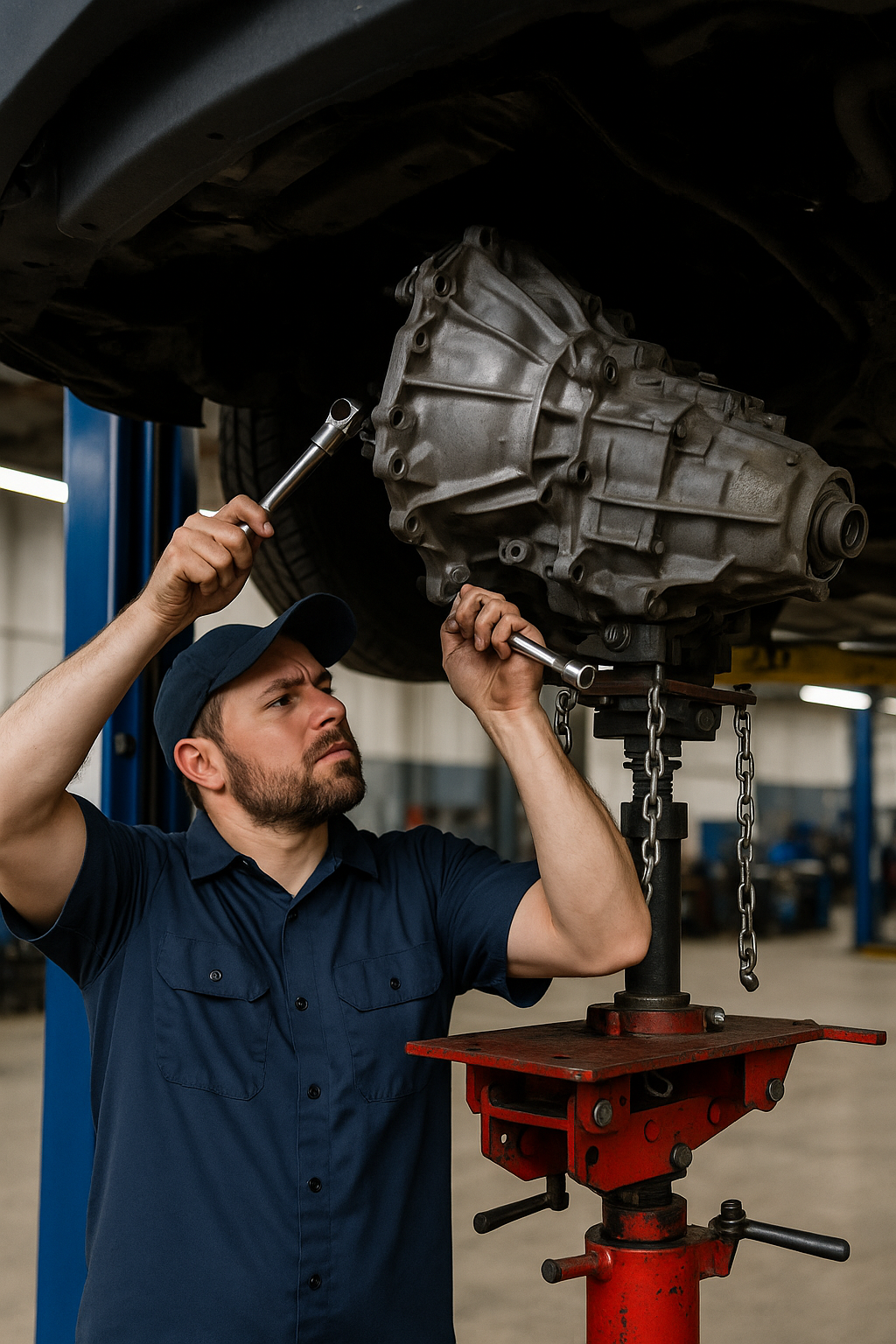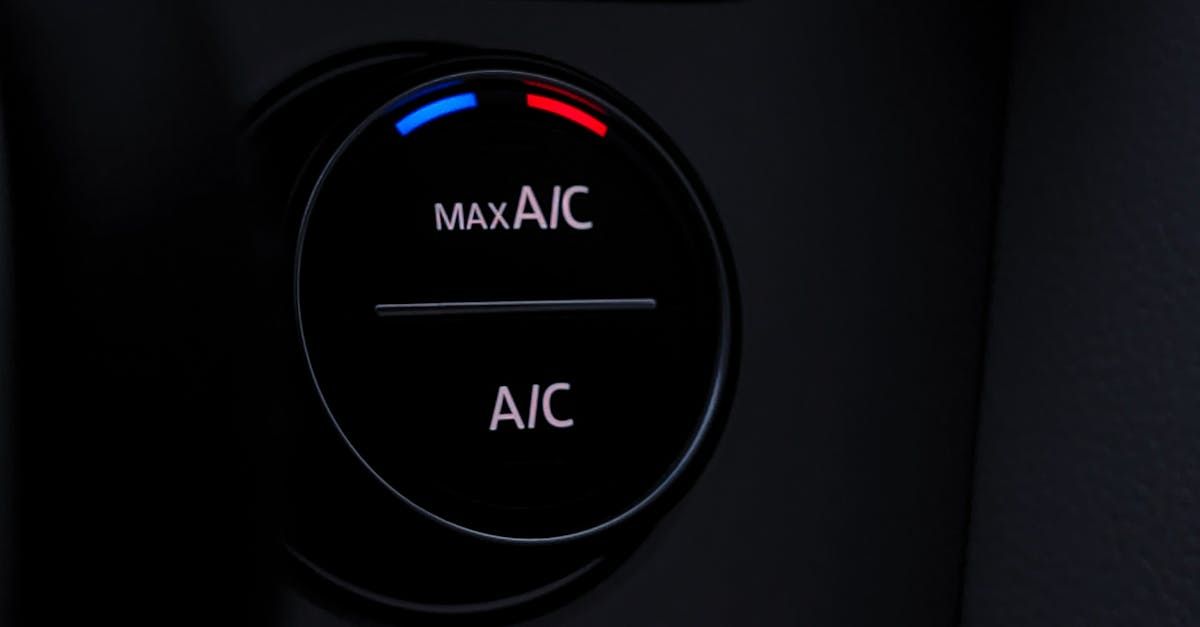How Hard Is It To Replace A Transmission? (Very!)
We're not going to sugarcoat it - replacing a transmission is very hard. It’s not a quick weekend job unless you’ve got real experience and a good garage setup.
We’re talking heavy parts, tight spaces, messy fluid, and lots of things that can go wrong if you’re not careful!
It’s one of the BIGGEST repairs you can do on your car or truck.
But hey, if you’re curious what all goes into it, or you’re trying to figure out if you can do it yourself, this post is for you. We'll walk through what the job looks like, how long it takes, what kind of tools you’ll need, and how much it might cost if you go the DIY route.
What’s Involved In Replacing A Transmission?
The transmission is one of the heaviest, most complex components in your vehicle. Getting it out and replacing it involves a long list of steps, and none of them are what you’d call “quick.”
Here’s how it usually goes down:
- Disconnect the battery so you don’t accidentally short anything out.
- Drain the transmission fluid to avoid a mess and prep for removal.
- Remove the driveshafts or CV axles, depending on the drivetrain.
- Disconnect linkages, wiring, and anything else connected to the transmission.
- Support the transmission with a jack and unbolt it from the engine and mounts.
- Install the new or rebuilt transmission, making sure everything lines up properly.
- Refill the transmission with the correct fluid and test for proper shifting and function.
Also Read:
Why Do Regular Transmission Maintenance
Skill Level And Tools Needed
This job isn’t beginner-friendly. If you’ve only done oil changes or spark plugs, don’t start here. You need to know your way around a car and have a good handle on safety.
Plus, a basic wrench set won’t get the job done either.
Here’s what you’ll probably need:
- A transmission jack (or a good floor jack + adapters)
- Jack stands or a car lift
- Torque wrenches, socket sets, and breaker bars
- Pry bars, extensions, and possibly specialty tools
- A code scanner or reset tool (for modern vehicles)
It’s also helpful to have a buddy. Doing this solo is possible, but honestly, it’s way safer and easier with two people, especially when dropping or lifting the transmission.

How Long Does It Take To Replace A Transmission?
This is not a “Saturday afternoon” type of repair.
For someone who’s done it before with the right tools, it could take 8 to 10 hours. For someone doing it for the first time, you might be looking at 15 - 20 hours or even more if you hit snags.
Older, rusted bolts. Tight spaces. Parts that don’t line up. These things eat up time fast.
And if you’ve never done it before, plan for a full weekend at the very least, and don’t schedule anything important on Sunday night.
Also Read: 10 Signs Your Diesel Engine Needs Immediate Repair
DIY Cost Breakdown
You’re probably thinking DIY = cheaper. Sometimes it does.
But there are still plenty of costs to consider:
- Used or rebuilt transmission: $800–$2,500
- Fluid and gaskets: $50–$150
- Tools you may not own: $200–$500+
- Possible rental of a hoist or jack: $50–$100
So you're still looking at over $1,000 even if you do everything yourself. And if you mess something up? You could be paying twice that to fix it.
Compare that to paying a shop, which might run $2,500–$5,000+ depending on your vehicle and location.
Is Replacing A Transmission Worth Doing Yourself?
That depends on what kind of person you are and what you’re working with.
If you’ve done major engine or drivetrain work before, have a full garage setup, and you’re working on an older vehicle you don’t mind wrenching on - sure. Go for it.
You’ll probably save money, and it can be satisfying if you nail it.
But if it’s your daily driver and you need it back on the road fast? Or if you’re not sure where every sensor and plug goes? This probably isn’t the best time to test your skills. One wrong move can toast a brand-new transmission or cause issues that are a pain to track down!
Plus, newer vehicles are way more complicated. Some need reprogramming after a swap, or you’ll deal with warning lights and weird shifting issues.
If you don’t have the tools to reset modules or flash updates, a shop might be the better call.
Also Check Out Our: Texas Transmission Repair Services
Bottom Line
Replacing a transmission is not an easy job. It’s heavy, messy, time-consuming, and easy to mess up. But it can be done at home if you know what you're doing and have the tools for it.
Just don’t go into it thinking it’s a simple bolt-on job.
If you’re debating it, think about your setup, your skills, and how much downtime you can handle. If anything feels like a stretch, there’s no shame in letting a shop take it on.
Sometimes saving your weekend (and your sanity) is worth the price!
FAQs
Is Replacing A Transmission Worth It?
Replacing a transmission is worth it if the rest of the car is in good shape.
It’s cheaper than buying something new. But if the car has other big issues or high mileage, it might not be worth it. So, compare the repair price to what the car’s worth before deciding.
What To Do After Replacing Transmission
After the new transmission is in, refill it with the right fluid, then check all connections like linkages, wiring, and mounts. Start the engine, shift through the gears while parked, and look for leaks or warning lights.
Take a short test drive to make sure it shifts smoothly. For newer cars, you might need to clear codes or reset the transmission module.






